Looking to shake up your skincare routine and upgrade your exfoliation game? Say goodbye to your regular scrubs and hello to glycolic acid. This powerhouse exfoliant is the superhero your skin deserves, with the ability to slough off dead skin cells, hydrate, and combat wrinkles all at once. Trust us, once you make the switch, you won’t be looking back at those old exfoliants.
Ready to take the plunge? Our ultimate guide to glycolic acid for skin has got you covered. Get ready to glow like never before!
What is Glycolic Acid?
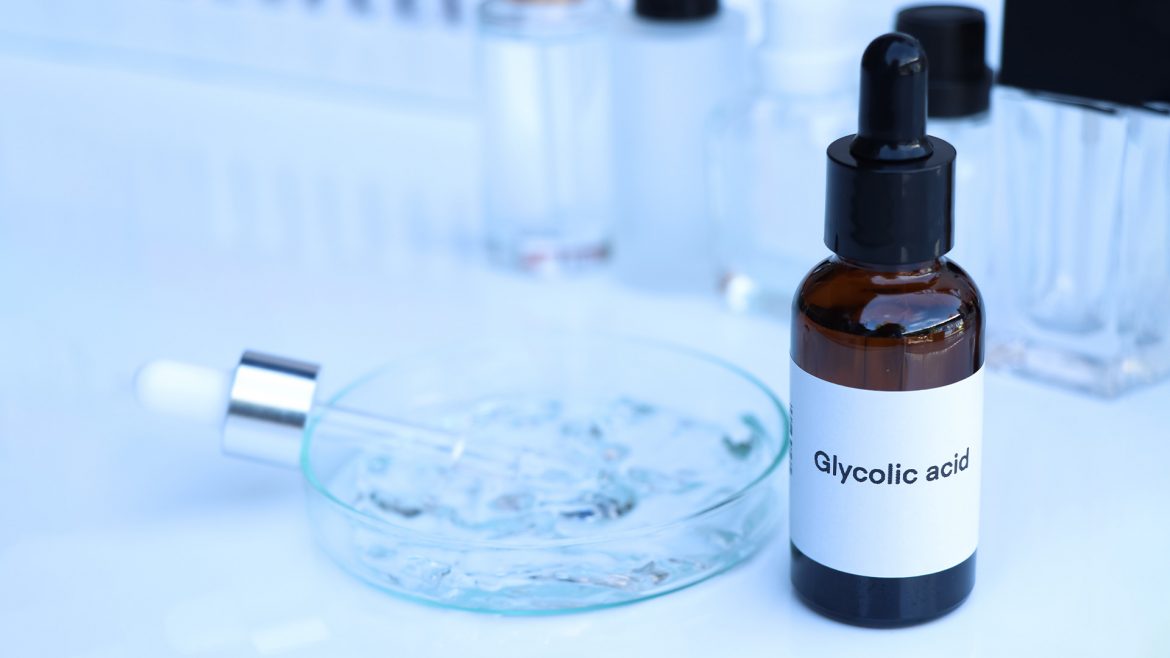
Glycolic acid is a type of alpha-hydroxy acid (AHA) that is naturally found in certain fruits, beets, and sugarcane. It is a common skincare ingredient used for exfoliating the skin, promoting cell turnover, treating acne, and encouraging collagen production.
Glycolic acid has a small molecular weight that allows it to penetrate the skin easily and effectively break down the “glue” that holds dead skin cells together, resulting in potentially smoother, clearer skin and a hydrating effect. It is commonly found in skincare products such as cleansers, toners, at-home exfoliating treatments, and chemical peels administered by certified dermatologists.
What Are The Benefits Of Glycolic Acid?
Here are some of the glycolic acid benefits:
#1 Treats Acne And Clogged Pores
Glycolic acid has small molecules that can penetrate the skin quickly and fight acne from within. It works by preventing breakouts and blackheads, clearing the pores, and controlling oil secretion. Its ability to unclog the pores makes it an effective ingredient for treating acne and preventing further breakouts.
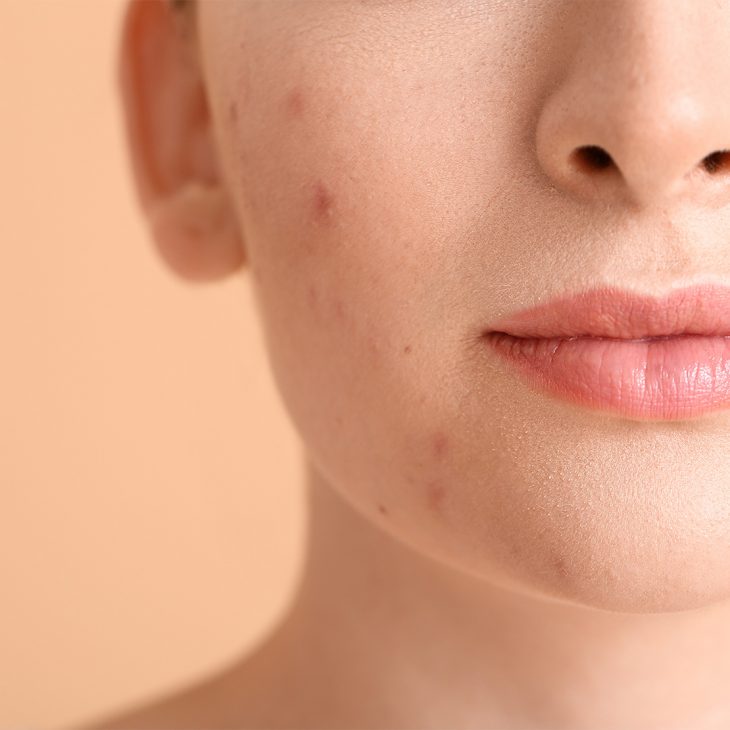
#2 Battles The Effects Of Ageing
Topical application of glycolic acid fights skin ageing by reducing the appearance of wrinkles, fine lines, and crow’s feet. Regular use of glycolic acid-based products, such as serums containing a combination of other ingredients like vitamin C and lactic acid, can have a visible impact on the overall health of your skin. Glycolic acid can help improve the texture and firmness of the skin, making it look youthful.

#3 Exfoliator
One of the major glycolic acid benefits is its exfoliating properties. It weakens intercellular adhesions, removing dead skin cells from the skin’s epidermal surface, and reducing dry patches, and flakiness. It acts as an abrasive and tones the skin. You can use glycolic acid as a toner or in the form of a scrub because it is gentle and safe for the skin.
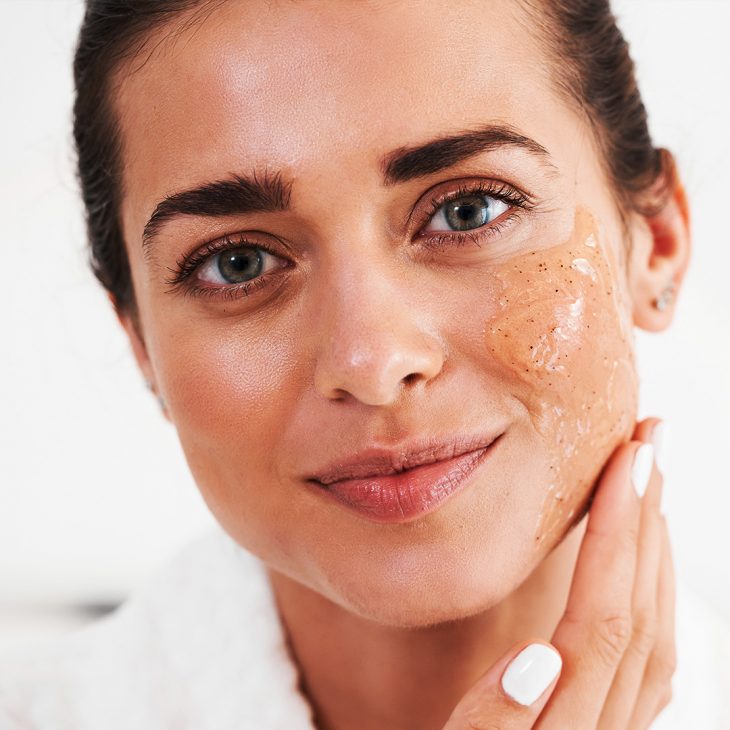
#4 Skin Brightening
Topical application of glycolic acid can help improve the texture of the skin by clearing dead cells and reducing the size of follicular pores. This, in turn, can lighten and brighten the skin tone, making it appear more radiant and healthy.

#5 Stimulates Collagen Production
Collagen is a vital protein responsible for the skin’s firmness and elasticity. Ageing and environmental stressors can slow down collagen production, leading to fine lines and wrinkles. Glycolic acid-based products can stimulate collagen production, making the skin appear youthful and plump.

#6 Moisturizing
As you age, the skin on your face, hands, and feet can become dry and flaky. Glycolic acid can remove dead skin cells, smooth the skin, and rejuvenate it. You can use it on your face as well as the rest of your body, making it an effective moisturizing ingredient.

#7 Skin Toning
Toning is a crucial step in any skincare routine. A glycolic acid-based toner can help unclog pores, shrink them, and hydrate the skin. It can also improve the skin’s firmness, making it an effective ingredient for skin toning.

How To Use Glycolic Acid For Skin Care?
Here are some tips on how and when to apply glycolic acid in your skincare routine:
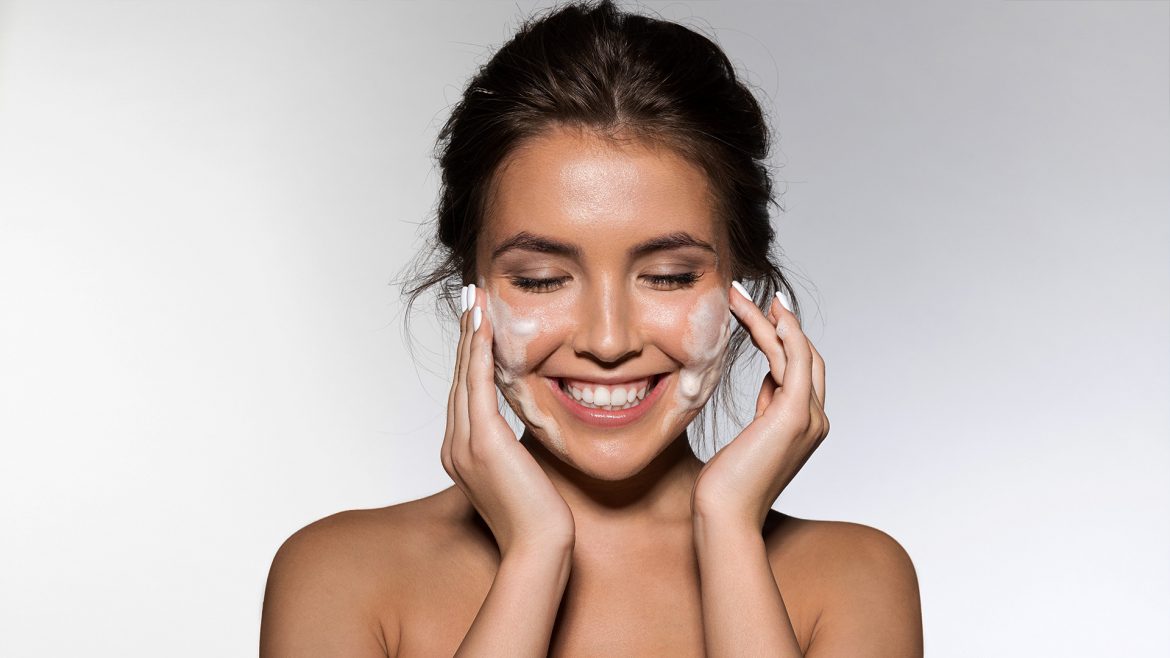
- Start with a low concentration: A typical over-the-counter glycolic acid product will have about 8-10% glycolic acid, and higher concentrations (30-70%) are available through a dermatologist. Start with a lower concentration and work your way up to avoid potential skin irritation.
- Use at night: Glycolic acid can increase skin sensitivity to UV rays, so it is best to use it at night. Always wear sunscreen with a high SPF in the mornings if you plan on being outside.
- Test it first: Experiment with adding a glycolic acid product, like a face wash or toner, into your skincare routine for a day or two to see how your skin reacts.
- Moisturize after use: Glycolic acid exfoliates and hydrates the skin, but it can irritate or dry out sensitive skin. Always follow your glycolic acid application with an additional light moisturizer to reduce the effects of dryness and irritation on the skin.
- Avoid additional exfoliants: Avoid using additional exfoliants while using glycolic acid because too much exfoliation can cause dry skin and increase the risk of severe irritation.
What Are The Side Effects Of Glycolic Acid?
Here are some glycolic acid side effects:
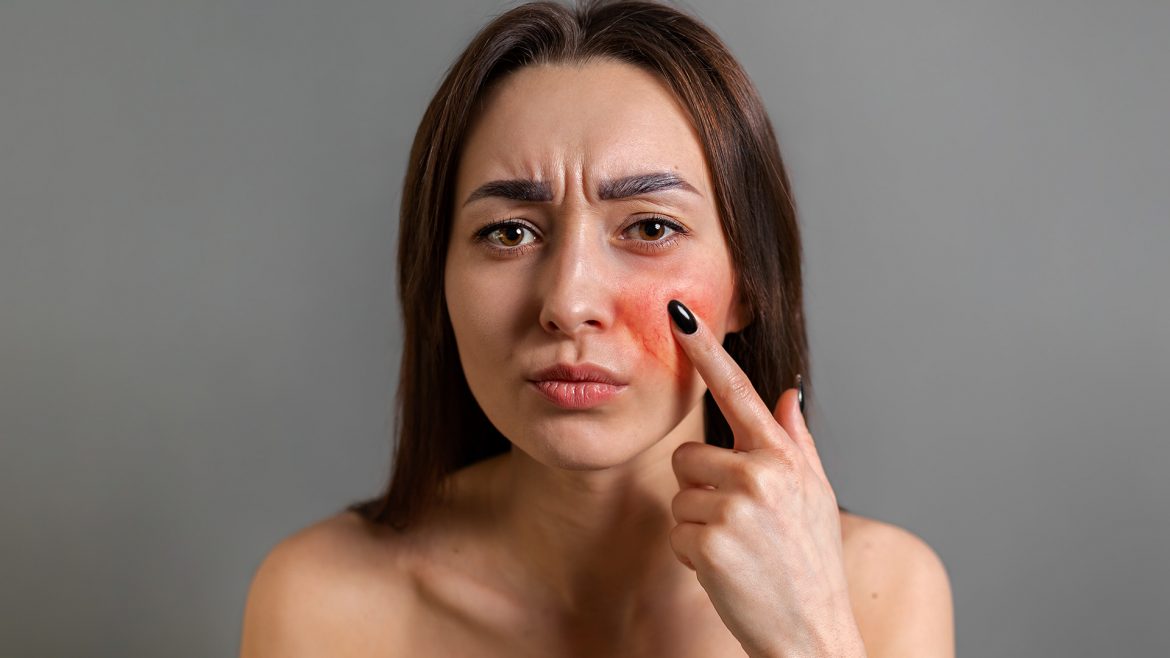
- Glycolic acid increases skin sensitivity to sunlight and tanning, necessitating the use of sunscreen after application.
- The use of high concentrations of glycolic acid without proper guidance can lead to skin burns and damage.
- Due to its potent exfoliating properties, glycolic acid has the potential to dehydrate the skin, so it’s important to moisturize after use.
- People with sensitive skin may experience mild irritation, redness, bumps, or itching after using glycolic acid.
Key Takeaways
Get ready to say goodbye to your old scrubs and hello to your new superhero exfoliant: glycolic acid. This powerhouse ingredient can slough off dead skin cells, hydrate, and combat wrinkles all at once, leaving you with smooth and radiant skin. So what are you waiting for? Use glycolic acid and get ready to glow like never before!










